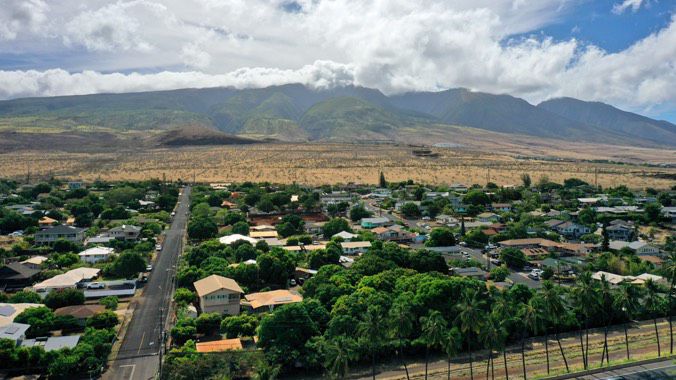HONOLULU — The first study of rural health disparities in Hawaii has found that living in a rural is strongly linked to overall health, particularly for those with disabilities and those in lower income brackets.
Rural Health Disparities in Hawaii, a new report by the University of Hawaii Research Organization, draws on data collected from the June 2023 UHERO rapid health survey. The report examines how factors like age, gender, race/ethnicity, income, education and disability related to health and rural living.
According to the study’s authors — UHERO data scientist and research economist Daniela Bond-Smith, UHERO assistant professor Steven Bond-Smith and UHERO research fellow Ruben Juarez, a distinguished professor of health economics and professor of economics — the findings suggest that health policies should aim to reduce differences between rural and city areas.
The report notes that while the association between rurality and health is well known, previous studies have focused on sociodemographic characteristics (like wealth, education and age, etc.) that when controlled for yield “less clear” results.
The authors further note that research efforts in Hawaii have typically focused on how to address rural health disparities rather than documenting or qualifying those differences.
Among the UHERO report’s key findings:
- There are disparities between rural and non-rural residents in every measure of health outcomes studied, including almost all breakdowns by gender, age, race/ethnicity, income, education and disabilities.
- There are particularly strong disparities between rural and non-rural areas across all measures of outcomes for people with disabilities and people with incomes below the poverty line.
- Rurality has one of the strongest associations with overall health status among sociodemographic factors. This is more evident in associations with physical rather than mental health.
- Regression analysis (a statistical method used to study the strength of relationships between variables and model future relationships between them) confirms that rurality is associated with particularly strong “health penalties” for people with disabilities and people with income below the poverty line. For these populations, rural living is associated with “markedly poorer health outcomes in terms of overall health, physical health and mental health when compared to their counterparts in non-rural environments.”
The authors conclude that policy responses to rural health disparities should include “a combination of both place-based approaches and policies focusing on vulnerable population groups.”
“Specifically, our results indicate that rural health policy should prioritize support for marginalized groups, especially individuals with disabilities and those with low incomes in rural regions, who are disproportionately affected by challenges associated with rural life,” the report stated. “Additional research is needed with a specific focus on understanding and addressing the needs and outcomes of these vulnerable groups in rural areas.”
Michael Tsai covers local and state politics for Spectrum News Hawaii. He can be reached at michael.tsai@charter.com.









